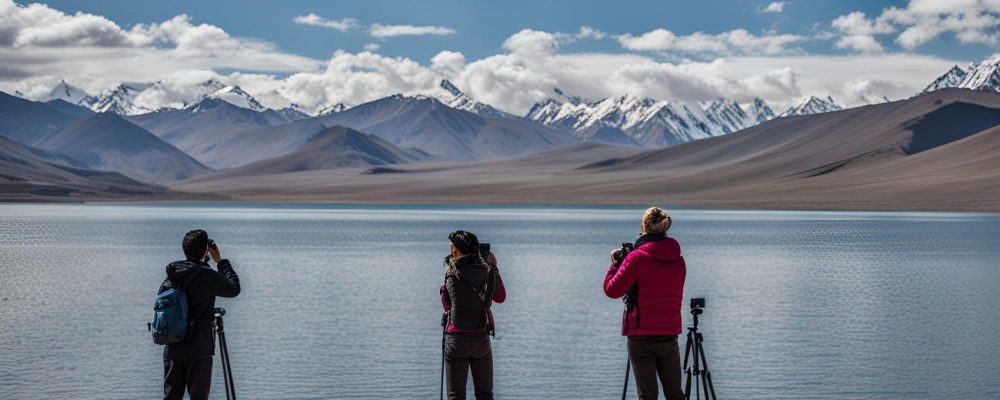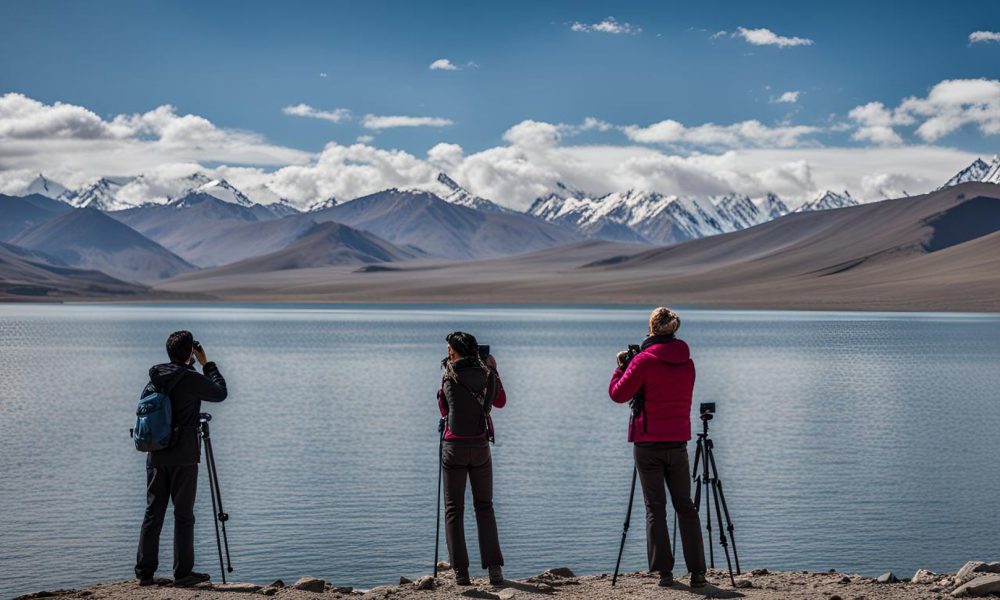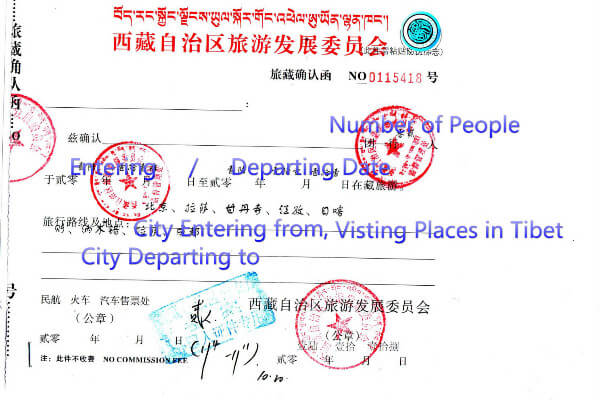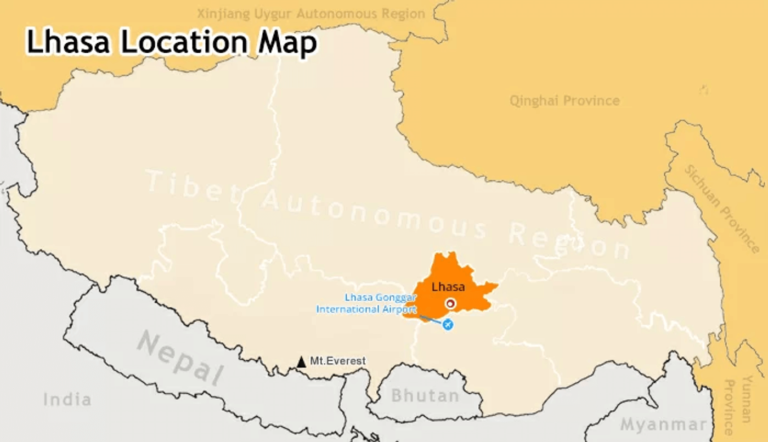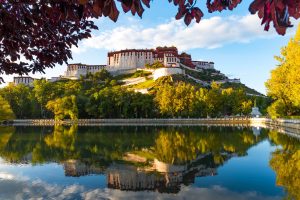What Are the Must-See Tibet Tourist Attractions in 2024?
Tibet is often referred to as the “Roof of the World,” a land of mysterious beauty, spiritual mysticism, and a vibrant cultural heritage. Precisely at the heart of the Himalayas lies Tibet, with each visitor having a share of ancient monasteries and living traditions, constituting a testament to specific nature, history, and cultural heritage. Let’s visit the main attractions of Tibet on 2024.
About Tibetan Tourist Attractions
The large majority of tourist attractions in Tibet have been established in the unique natural environment of the high-altitude region with varied topography and climate of the Qinghai-Tibet Plateau. Experiencing life in the spiritual realm of Tibetan Buddhism, enjoying the magnificent alpine scenery, and exploring the Tibetan folk culture and customs are indeed the biggest attractions of a Tibet tour for most international and domestic tourists. Although it is true, the fact is that Tibet is vast in dimension (measuring 1,228,400 square km, it’s the second largest region in China). It is almost impossible to have an all-inclusive tour of the highlighted attractions. Your visit must be selective, focusing on different regions based on your available time and interests.
Essential Lhasa and Nearby Wonders (4-5 Days)
For the traveler on a tight schedule(4-5 days), concentrating on Lhasa and its environs makes it possible to get a broader view of Tibetan culture and history. Lhasa is indeed the most politically and economically significant capital in Tibetan Buddhism. A spirit of rich history, lively culture, and grand architecture, collectively experienced in Lhasa, gives a very brief yet intense taste of what is to come in Tibet.
Lhasa Highlights
- Potala Palace: This iconic palace, the former residence of the Dalai Lama, offers stunning views and an in-depth look at Tibetan history. Located in the heart of Lhasa, it’s a must-see for any visitor.
- Jokhang Temple: The spiritual heart of Tibet, Jokhang Temple is surrounded by Barkhor Street, a bustling area perfect for shopping and immersing in local culture.
- Sera Monastery: Famous for its debating monks, Sera Monastery, located north of central Lhasa, provides a fascinating insight into Tibetan Buddhist practices.
Yamdrok Lake Tour
If you have a chance to prolong your trip to Lhasa, a visit to Yamdrok Lake is highly recommended. Located about 100 km southwest of Lhasa, Yamdrok Lake is considered one of the most holy lakes in Tibet and one of the most beautiful in the world. It has enchanting turquoise water, surrounded by snow-capped mountains, creating a peace-inspiring yet fantastic view. The journey to Yamdrok Lake will take a full day, allowing you ample time to fully appreciate the panoramic scenery and spiritual atmosphere of these holy grounds.
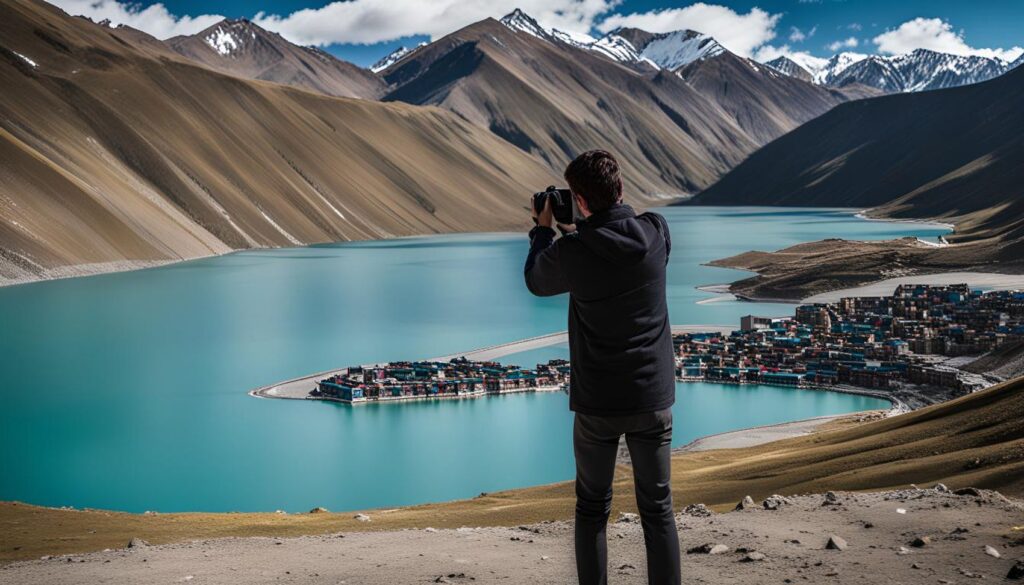
Scenic Treasures Beyond Lhasa (6-8 Days)
If you have this much time and want to go deep into the study of Tibetan Buddhism and experience most of its spectacular alpine panorama of the Qinghai-Tibet Plateau, besides most of the above sites, you can continue your trip from Lhasa to Shigatse. Or, if you have a longer time, then you may go further on to the Everest Base Camp.
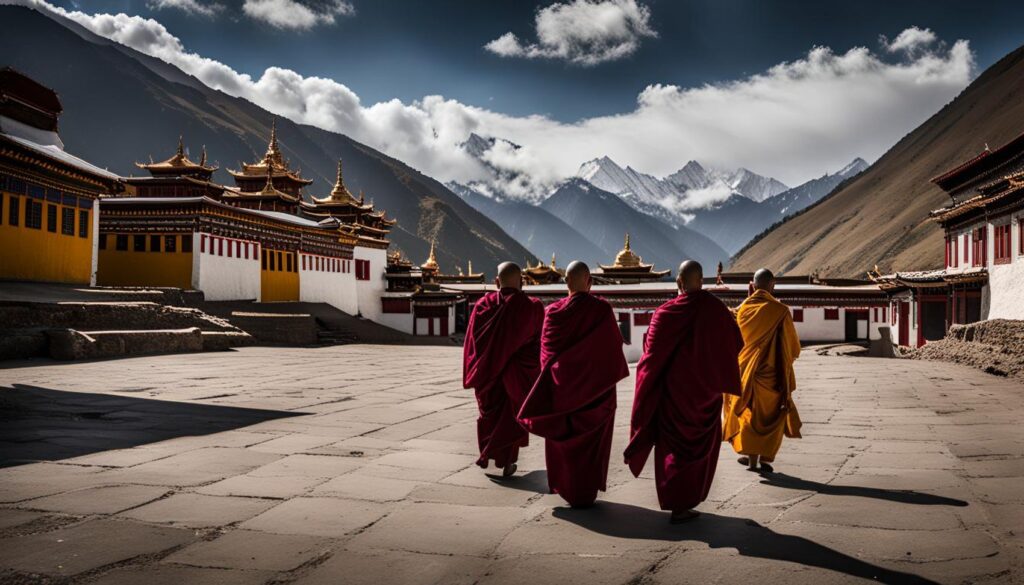
Journey to Gyantse and Shigatse
- Karo La Glacier: En route to Gyantse, the Karo La Glacier is a magnificent roadside attraction offering stunning views.
- Pelkor Monastery and Kumbum Stupa: In Gyantse, explore this unique monastery known for its combination of Tibetan, Han, and Nepali architecture.
- Tashilhunpo Monastery: In Shigatse, visit the seat of the Panchen Lama, a sprawling complex featuring impressive religious artifacts and architecture.
- Yarlung Tsangpo River: This river, also known as the Brahmaputra in India, flows through Tibet and offers spectacular views and a unique insight into the natural beauty of the plateau.
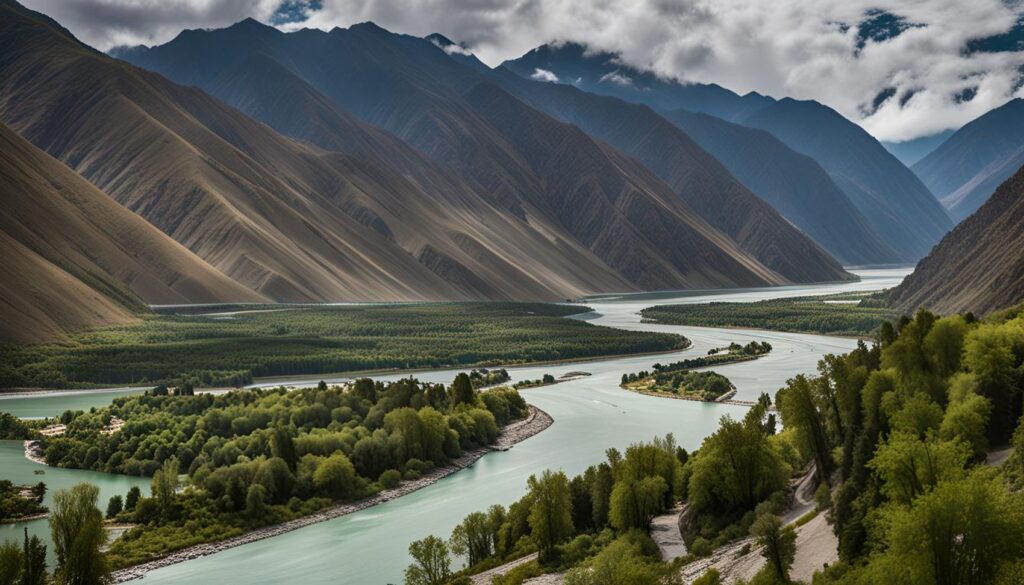
Everest Base Camp Tour
If you have more time, the highlight of a visit here is a journey to Everest Base Camp. On the way, you will have great views of the incredible Himalayas from the fabulous Gawu La Pass and visit the highest monastery in the world, Rongbuk Monastery. Standing at base camp and looking upwards towards Mount Everest is an experience of a lifetime.
Unveiling the Mysteries of Tibet (10-15 Days)
For those travelers who have a bit more time, it is possible to go further, and deeper still, into some of the natural and cultural treasures of Tibet. Here are recommended attractions for those with 10-15 days:
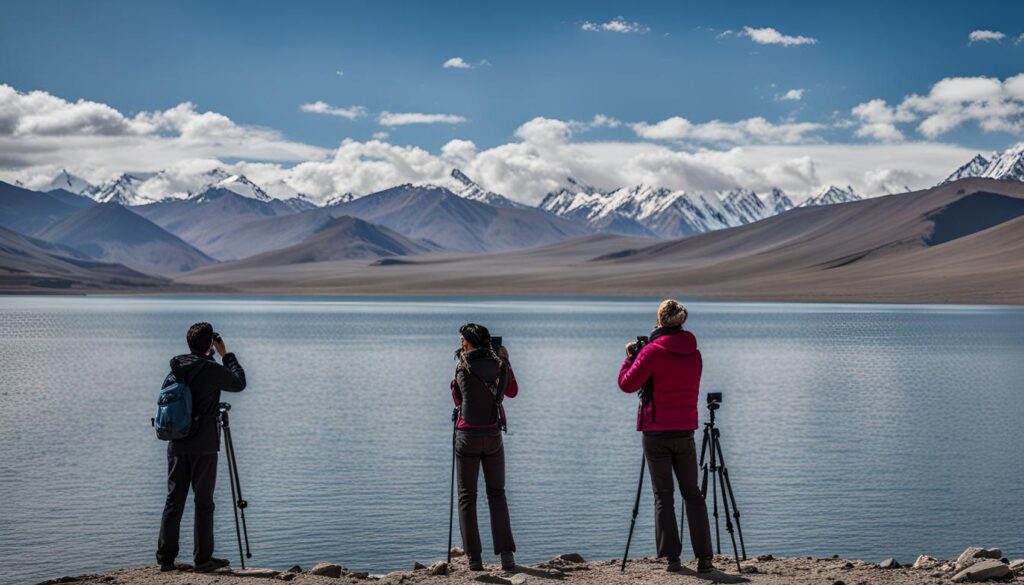
- Namtso Lake: Marvel at the serene beauty of Namtso Lake, one of the highest saltwater lakes in the world, surrounded by snow-capped mountains and vast, open plains.
- Saga: Experience the town of Saga, a crucial stop on the way to Mount Kailash.
- Lake Manasarovar: Witness the stunning beauty of this sacred lake, considered one of the holiest in Tibet.
- Mount Kailash: Undertake the challenging yet rewarding pilgrimage trek around Mount Kailash, revered in multiple religions as a sacred site.
Further information about tibet tour
For more information on specific tours and itineraries, you can refer to the following resources:
- 4-Day Lhasa Holy City Tour
- 5-Day Lhasa Yamdrok Lake Tour
- 6-Day Lhasa to Shigatse Tour
- 8-Day Everest Base Camp Tour
- 10-Day Lhasa Everest Namtso Tour
- 15-Day Mt. Kailash Trekking Tour
Conclusion
Tibet is that unique mixture of spiritual deepness, amazing landscapes, and a rich cultural heritage. Adventures from a few days to a few weeks are there waiting. So begin planning today to imbibe the strong mystical charm that Tibet emanates. Go to Experience Tibet for detailed itineraries of personalized tours and set out on the adventure of a lifetime!
FAQs
Q: What is the best time to visit Tibet?
A: The best time to visit Tibet is from April to October when the weather is most favorable for travel and outdoor activities.
Q: Do I need a special permit to visit Tibet?
A: Yes, foreign travelers need a Tibet Travel Permit. This permit is typically arranged by your tour operator, so ensure it is secured before your trip.
Q: How can I avoid altitude sickness in Tibet?
A: To prevent altitude sickness, spend the first couple of days in Lhasa acclimatizing to the high altitude. Staying hydrated and avoiding strenuous activities initially can also help.
Q: Are there any health considerations I should be aware of when traveling to Tibet?
A: Due to Tibet’s high altitude, it’s essential to consult with a healthcare provider before your trip, especially if you have pre-existing health conditions. Carry necessary medications and be aware of altitude sickness symptoms.
Q: What cultural etiquettes should I follow while visiting Tibet?
A: Respect local customs and traditions, such as asking for permission before taking photos of people, not touching religious artifacts, and dressing modestly when visiting monasteries and temples.

